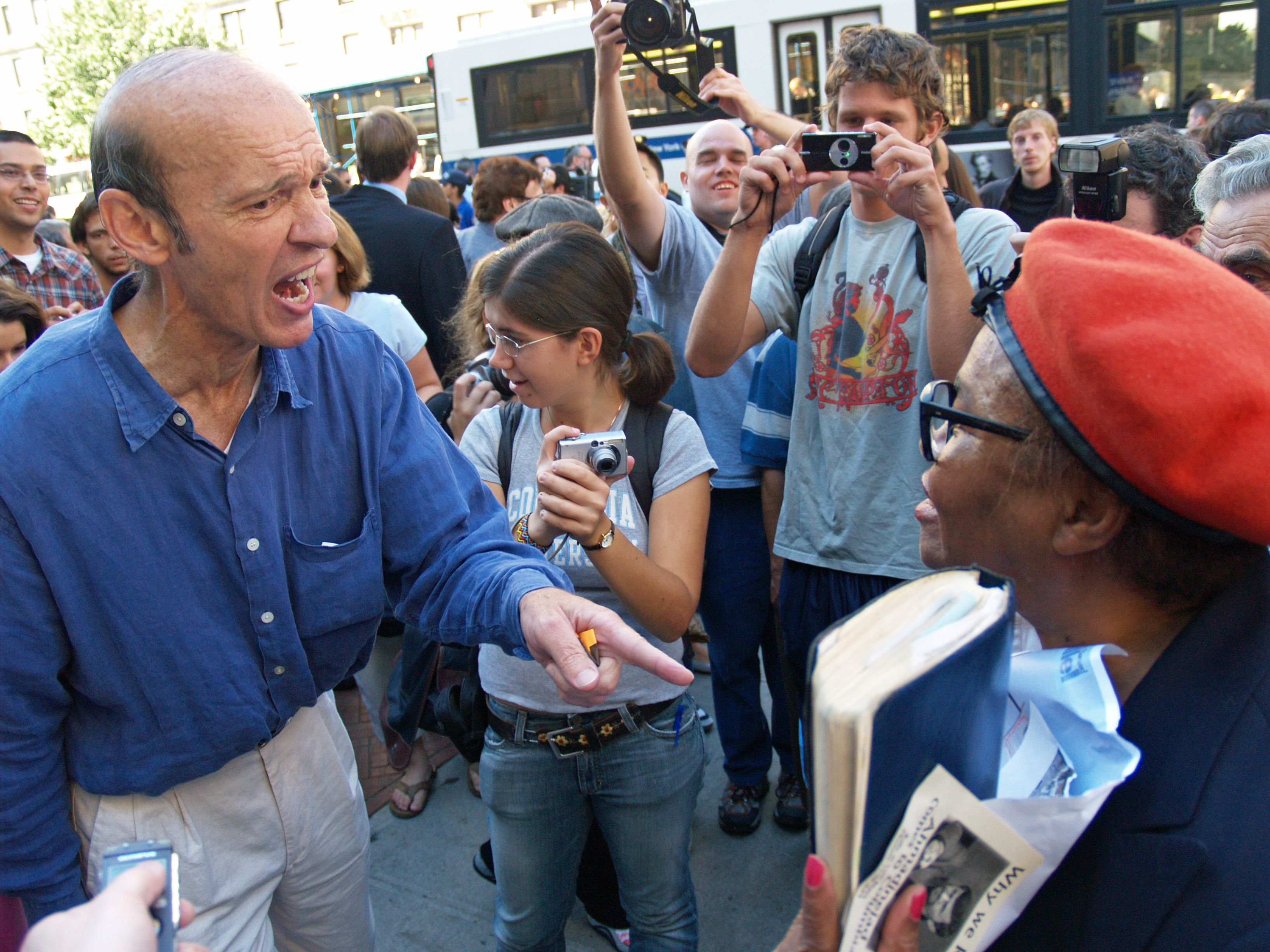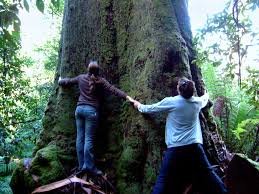All photos labeled for reuse.
This is the first part of a book I have been working on for some time, and have resolved to start publishing online to motivate me to finally finish it. For the sake of not copying huge chunks of text here and keeping interest alive, I will add a post every few days or so with the next section as well as links to previous sections. This way there will be a chronological, easy-to-follow guide. Enjoy!
Chapter I: The Argument
Convergence, Not Division
In the United States, we live in a divided country. We are a country of right and left, blue and red. Some of us see bleeding heart liberals and wonder where our country has gone. Others look in derision at those whose viewpoints seem backwards and who seem stuck in their ways regardless if those ways work today – or ever did.

Despite this division, - some label it tribalism - there is a lot of places where interests and opinions overlap. For example, many millennials and liberals support as wholeheartedly for marijuana legislation as libertarians, though, the two may agree on little else. Polls regularly find strong support for children of illegal immigrants, otherwise known as Dreamers, to have the right to stay in the only country they know. A CBS poll pegged the percentage of support at a whopping 87%.(1) Following the Parkland, Florida school shooting that took the lives of seventeen people, polls in early March showed that nearly two-thirds of respondents supported stricter gun controls.(2)
Regardless of the issue, if this country has any hope of tackling vitally important topics, “libtards” and “fire-breathing tea baggers” need to come together. But, if they can be easily manipulated and insurmountable divisions formed on topics like abortion, gay marriage and immigration, where can these apparently diametrically opposed groups find common ground?
Spoiler: The answer is the economy.
Of course, this doesn’t mean each group agrees on how best to grow and use the economy, but, at least, this is a starting point. In fact, the topic of the economy has so much universal appeal that it top the polls before the last five US elections (presidential and mid-term) beating out everything from terrorism to healthcare. (3, 4, 5, 6) Sadly, none of these polls placed the environment among the top five most important issues facing voters. A July 2016 Pew Research poll ranked the environment as the twelfth most important issue behind Supreme Court appoints and trade policy.(3)
It is this disconnect amongst the electorate between the two issues that was the inspiration for this book for it is this disconnect that is keeping groups and individuals from understanding that the economy and environment are not diametrically opposed, instead constantly affecting – positively and negatively – each other. Simply put, the economy cannot be a top issue without bringing the environment into the discussion for it is the latter which the former relies upon.
Living a Double Life
More than ever Americans believe that global warming is a real occurrence. According to the Yale Program on Climate Change Communication, in 2016, 69% of Americans believe global warming is happening, while 52% think global warming is caused mostly by human activities.(7) By 2017, 58% of Americans believe climate change is mostly human caused.(8) Despite the acknowledgement that global warming is happening and caused by human activities, the 2016 study found just 38% believe global warming will harm me personally to a great or moderate amount.(7)
This dichotomy between the two thoughts could be explained in many ways, such as the tendency for people to minimize risks. In fact, humans, in general, often over-react to lower risks, while under-reacting to serious risks. According to Daniel Gilbert, a psychology professor at Harvard, “we over-react to immediate threats and under-react to long-term threats,” while “we under-react to changes that occur slowly and over time.”(9)
Another major factor contributing to this dichotomy, and the basis of this book, is that today’s political environment has created binary political options, which have pressured most to choose between sides. One is not permitted to be pro-choice and concerned about immigration or pro-gun and supportive of welfare programs. It’s a one size mentality that ignores the fact that at the same time American media and politics are painted in black and white, most Americans are actually one of many shades of gray.

It is with these thoughts in mind that I decided on the title for this book. I have long been an environmentalist from collecting cans around my home to taking out a Paton boat to clean refuse from the lake of my family’s cabin. In spite of the fact that being labeled an “environmentalist” would conjure images of hippies and tree-huggers for many, through my studies and professional and life experience I have come to the conclusion that capitalism, while not perfect, is the best economic system we have at our disposal. Thus, I consider myself both an environmentalist and capitalist in the face of a society that would prefer to attach binary classifications on people.
Next section: "Hierarchy of Needs and Concentric Circles"
1 http://thehill.com/blogs/blog-briefing-room/news/369487-poll-nearly-nine-in-10-favor-allowing-daca-recipients-to-stay
2 http://www.newsweek.com/american-voters-gun-control-nra-gun-industry-quinnipiac-poll-833340
3 http://www.people-press.org/2016/07/07/4-top-voting-issues-in-2016-election/
4 http://www.people-press.org/2014/05/05/the-2014-midterm-congressional-vote-top-issues/
5 http://news.gallup.com/poll/127247/voters-rate-economy-top-issue-2010.aspx
6 http://www.people-press.org/2012/09/24/for-voters-its-still-the-economy/
8 http://climatecommunication.yale.edu/publications/climate-change-american-mind-may-2017/
9 https://www.schneier.com/blog/archives/2006/11/perceived_risk_2.html